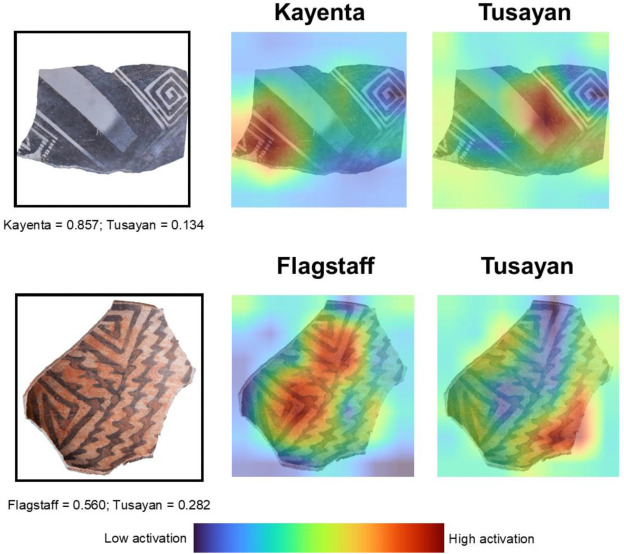
(credit: Pawlowicz and Downum 2021)
Real archaeological fieldwork is seldom as exciting as it looks in the movies. You tend to get fewer reanimated mummies, deadly booby traps, and dramatic shootouts with Nazis. Instead, you’ll see pieces of broken pottery—a lot of them. Potsherds are ubiquitous at archaeological sites, and that’s true for pretty much every culture since people invented pottery. In the US Southwest in particular, museums have collected sherds by the tens of thousands.
Although all those broken bits may not look like much at first glance, they’re often the key to piecing together the past.
“[Potsherds] provide archaeologists with critical information about the time a site was occupied, the cultural group with which it was associated, and other groups with whom they interacted,” said Northern Arizona University archaeologist Chris Downum, who co-authored a new study with Leszek Pawlowicz.
Read 15 remaining paragraphs | Comments
Source: Ars Technica – Archaeologists train a neural network to sort pottery fragments for them
